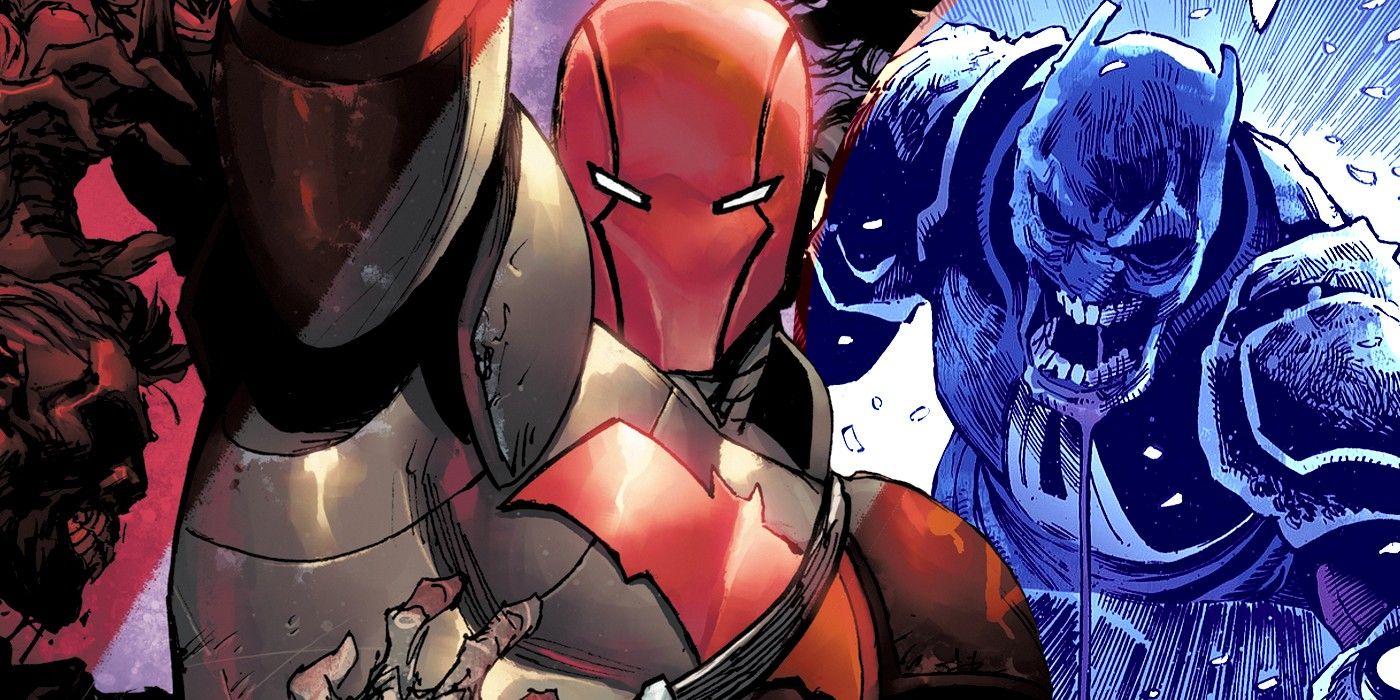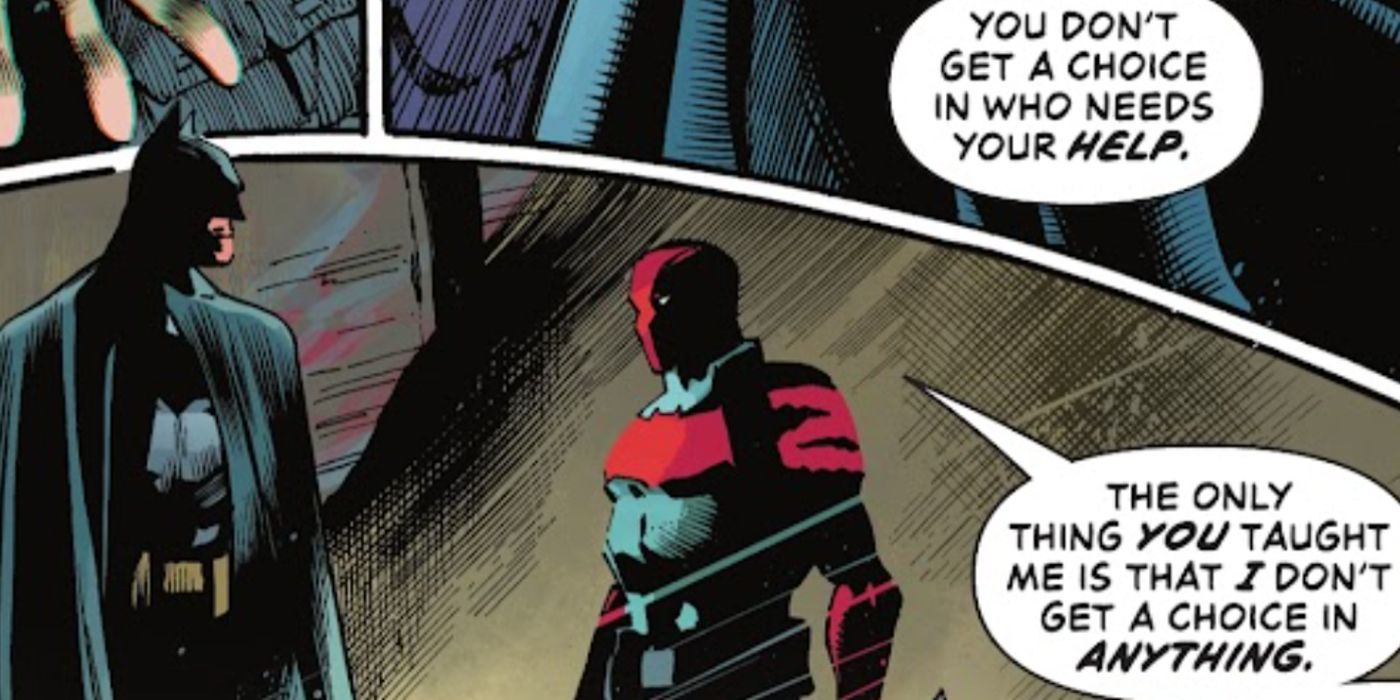Warning: spoilers for Task Force Z #4 are ahead.
Not many characters in DC Comics can say they've had it as tough as Red Hood. Having been raised on the streets of Gotham City's Narrows, Jason had an unstable childhood before he was taken in as Batman's second Robin, where he was later killed with a crowbar by the Joker. Since then, Jason was resurrected, and with the help of a Lazarus Pit and training from Talia al Ghul, became the brutal vigilante Red Hood. Now in the Infinite Frontier era, Jason has rejoined the Bat-Family, sworn off using guns, and dedicated himself to having a healthier relationship with his family.
From an editorial standpoint, Red Hood has had a rocky publication history, with his early comics in the wake of his return to DC continuity presenting him as a one note antagonistic force for the Bat-Family. Later on, Jason found his footing as the leader of the Outlaws during the New 52, and then later on during DC's Rebirth era. Still, in both cases, Red Hood's arc implicitly dealt with his disagreements with Batman over using lethal force against villains like the Joker, presenting a question of how he can grow beyond the position of Batman's greatest failure. Red Hood's story is a unique one, imbuing him with a perspective not shared by many other members of the Bat-Family, and his comics seldom took advantage of this fact.
That said, Red Hood's current series, Task Force Z, from Matthew Rosenberg and Eddy Barrows has proved that he deserves to be seen as an A-List character within DC Comics. As the leader of a zombified Suicide Squad made up of undead villains who perished in the attacks on Arkham Asylum, Task Force Z has unabashedly leaned into the stranger parts of Red Hood's story in order to deliver a satisfying exploration of redemption. While Task Force Z avoids taking its premise too seriously, it has established that Jason Todd is at his best when he's thrown into bizarre circumstances. By making him the leader of its most dysfunctional team, DC has shown that Red Hood deserves his own corner of its comics universe, away from the shadow of Batman.
As outlandishly funny as Task Force Z is, its narrative has centered around the all too pertinent theme of bodily autonomy, one that speaks directly to Jason Todd's journey as a character. The villains on his team are all dosed with the Lazarus Resin, and have varying levels of self-awareness about their condition. As the team's only living member, Red Hood grapples with the ethics of leading such a team, given that he himself never chose to be resurrected. While conversing with Batman in issue four, Jason says, "The only thing you taught me is that I don't get a choice in anything. And it sure seems to bother you that I found out that wasn't true" (pencils by Eddy Barrows and Kieran McKeown, inks by Eber Ferreira and Dexter Vines, colors by Adriano Lucas, letters by Rob Leigh). By not being the most troubled character in the story, Red Hood breaks away from the spectacle of failure that has dominated his stories in the past.
Red Hood's Task Force Z paves the way for his further involvement in stories tinged with the supernatural. This element sets him apart from the other Bat-Family members and elucidates a difference from Batman beyond Jason's decision to use guns and lethal force. As such, Task Force Z signals the benefits of boldly reimagining new storylines for characters that are still grounded in their most basic elements. With DC having no shortage of the supernatural, Red Hood has plenty of opportunities to lend his empathy and brutal sense of justice to its furthest reaches.


